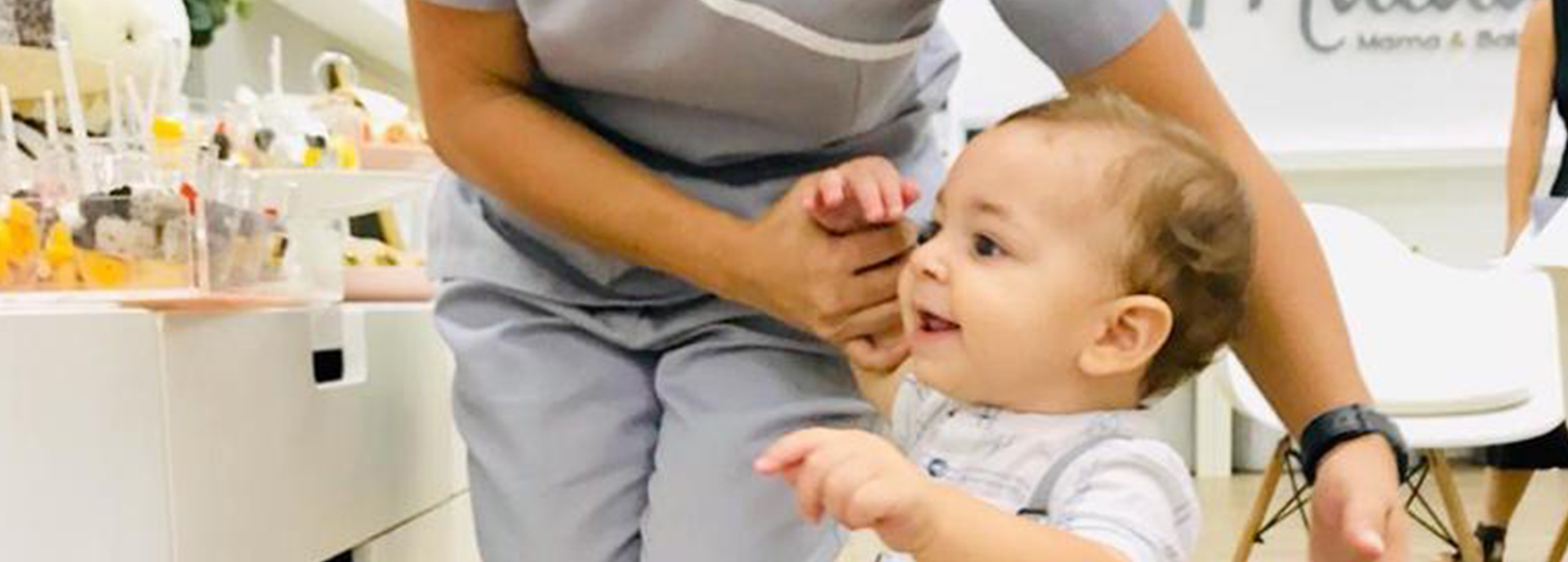A baby sensory routine is essential for nurturing sensory development, supporting cognitive growth, and promoting emotional well-being. Establishing a consistent routine that incorporates sensory activities helps your baby explore their senses in a structured way, encouraging learning and development. Here’s how to create an effective baby sensory Dubai routine:
Establish a consistent schedule:
Consistency is key when creating a sensory routine. Set aside specific times each day for sensory activities to help your baby become accustomed to and look forward to these experiences. Consistent scheduling also helps establish a predictable routine, which can be comforting for your baby. Aim to incorporate sensory play into your daily schedule, such as after nap times or before bedtime.
Include activities that stimulate all of the senses:
A well-rounded sensory routine should include activities that stimulate all of the senses—touch, sight, sound, smell, and taste. For touch, use textured toys, sensory bins with different materials, or textured fabrics. For sight, incorporate visually stimulating toys, colorful books, and mobiles. For sound, use musical toys, soothing lullabies, or nature sounds. For smell, explore different scents through safe essential oils or scented toys. For taste, offer a variety of safe, baby-friendly foods to explore.
Include interactive and engaging activities:
Engage your baby with interactive sensory activities that encourage exploration and participation. Activities such as playing with musical instruments, exploring sensory bins, or participating in tummy time with textured mats can be both fun and educational. Interactive play helps develop fine and gross motor skills, coordination, and sensory processing.
Monitor and adapt to your baby’s preferences:
Observe your baby’s reactions to different sensory activities and adapt the routine based on their preferences and developmental stage. If your baby seems particularly interested in a specific type of sensory play, such as musical toys or tactile exploration, incorporate more of those activities into the routine. Adjust the intensity and variety of sensory experiences to match your baby’s needs and interests.
Incorporate routine and familiarity:
While variety is important, incorporating familiar sensory experiences can provide comfort and stability. Include activities that your baby enjoys and responds well to, and try to maintain a sense of routine within the sensory play. Familiar activities can help your baby feel secure and create positive associations with sensory exploration.
